Considering a Role with a Different Title? Here’s What to Keep in Mind

Lately, one common question has been surfacing across the board: Should I accept a role with a title that’s seemingly less senior than my current one? This dilemma isn’t limited to a particular level; it’s something that can affect professionals at all stages, from a Chief Risk Officer (CRO) considering a General Manager (GM) role, to a Senior Manager contemplating a Manager position. While in some scenarios, it might not be the best move, it’s essential to understand the context and consider the potential value beyond the title.
Why titles vary—and why that matters
Across industries, titles vary significantly between companies. A “Manager” in one organisation may hold responsibilities equivalent to a “Senior Manager” or even a “Director” in another. Accepting a position with a slightly different title can open doors to new skills, varied experiences, or even a transition into a different sector or specialisation. What matters most is how that role aligns with your long-term career aspirations, not just the title on paper.
Here are some key considerations to keep in mind:
1. Build your career progression narrative
Creating a strong story around your career journey is powerful. Think of this as an opportunity to communicate how this role aligns with your broader goals, highlighting the skills you aim to develop, the impact you want to make, and the value you bring. By framing your decision as a strategic career step, you can show employers that the title is secondary to the experience and growth the role provides.
2. Focus on accomplishments and impact
Regardless of title, it’s the results you deliver that speak volumes. Emphasise the accomplishments you achieve in each role, whether it’s spearheading a high-impact project, leading a team, or driving successful outcomes. Highlighting your tangible contributions within the role will showcase your capabilities beyond the label of the title, reinforcing your professional strengths.
3. Transparency and context matter
When it comes to interviews or networking, transparency about your career choices helps eliminate misconceptions. Clearly articulate why you chose to accept the role, focusing on the growth opportunities and alignment with your career goals. This approach demonstrates strategic thinking and foresight, showing that you’ve made an intentional move rather than a step back.
4. Know the industry norms and stay flexible
Titles aren’t one-size-fits-all, and understanding industry norms can provide valuable context. Some sectors place high value on skills and achievements, while others stick more closely to traditional hierarchies. Being adaptable to these nuances helps you effectively navigate how titles may impact your CV and opens the door to a broader range of opportunities.
Ultimately, reframing the potential impact of a “junior” title allows you to highlight your adaptability, strategic thinking, and dedication to professional growth. By addressing these considerations, you can shift the focus from the title itself to the meaningful steps you’re taking in your career.
Looking for your next career move?
At Ink Recruitment, we specialise in connecting professionals with roles that align with their skills and aspirations, regardless of the title. Let’s find a position that truly fits you -
get in touch today to explore your options!



Sydney I Melbourne I PERTH I
Brisbane I Adelaide
Ink Recruitment is a specialist Executive Search & Recruitment consultancy connecting employers with talent professionals in Risk Management, Compliance & Legal, ESG & Sustainability, and Project Services & Transformation across Australia.
We acknowledge and pay respect to the Traditional Custodians and Elders – past, present and emerging – of the lands and waters on which INK staff live, learn and work.
Powered with
by Shazamme
Sydney I Melbourne I PERTH I Brisbane I Adelaide
Ink Recruitment is a specialist Executive Search & Recruitment consultancy connecting employers with talent professionals in Risk Management, Compliance & Legal, ESG & Sustainability, and Project Services & Transformation across Australia.
Sydney I Melbourne I PERTH I Brisbane I Adelaide
Ink Recruitment is a specialist Executive Search & Recruitment consultancy connecting employers with talent professionals in Risk Management, Compliance & Legal, ESG & Sustainability, and Project Services & Transformation across Australia.
We acknowledge and pay respect to the Traditional Custodians and Elders –
past, present and emerging – of the lands and waters on which INK recruitment staff live, learn and work.
©Copyright 2025 I All rights reserved I Privacy Policy
Powered with
by Shazamme
©Copyright 2025 I All rights reserved I Privacy Policy
Powered with
by Shazamme


